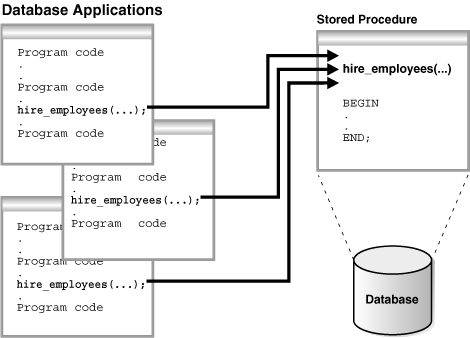Take the Course For Free Now! Access All Free Courses. The SQL Server equivalent of SYSDATE is GETDATE. SYSDATETIMEOFFSET includes the system time zone offset.
Date functions can be used in the SELECT statement select list or in the WHERE clause of a query. NOW (not sysdate) is an hour behind probably because of one or two factors: 1. The server is located in a time zone one hour behind you. In SQL server, you can create a script to do this. I believe its either from Oracle or MySql.
SQL HOME SQL Intro SQL Syntax SQL Select SQL Select Distinct SQL Where SQL An Or, Not SQL Order By SQL Insert Into SQL Null Values SQL Update SQL Delete SQL Select Top SQL Min and Max SQL Count, Avg, Sum SQL Like SQL Wildcards SQL In SQL Between SQL Aliases SQL Joins SQL Inner Join SQL Left Join SQL Right Join SQL Full Join SQL Self Join SQL. I need to use sysdate in both Oracle and SQL Server , but SQL Server has a GETDATE() function instead. Getting the current date in SQL Server? In SQL Server , you can firstly convert a datetime to DATE that does not contain the time part, and then convert it back to DATETIME or DATETIME2. GETDATE ( Transact-SQL ) Returns the current database system timestamp as a datetime value without the database time zone offset.

This value is derived from the operating system of the computer on which the instance of SQL Server is running. On Azure SQL Database Managed Instance, this T-SQL feature has certain behavior changes. The data type of the returned value is DATE, and the format returned depends on the value of the NLS_DATE_FORMAT initialization parameter. The function requires no arguments.
In distributed SQL statements, this function returns the date and time set for the operating system of your local database. Nearly every database engine will have a function that returns the current date. Trunc Date in SQL Server. The last suggestion (CAST (GetDate () AS DATE) is the only one equivalent to TRUNC (sysdate) in Oralce.

The others are equivalents for Oracle’s TO_CHAR () function. TRUNC and SYSDATE are not for SQL Server. SQL server ’s date functions provide you a set of function that you can use to manipulate dates.
In Oracle, TO_DATE function converts a string value to DATE data type value using the specified format. SQL Server : Pinal Dave is a SQL Server Performance Tuning Expert and an independent consultant. Learn at your own pace by completing interactive exercises.
Introduction to MySQL SYSDATE function. These facilities often provide data type conversion facilities. Note: For example codes using SYSDATE (), your output may vary from the output shown. SYSDATE () function MySQL SYSDATE () returns the current date and time in YYYY-MM-DD HH:MM:SS or YYYYMMDDHHMMSS. You could also use the SYSDATE function in any SQL statement.
SYSDATE is a special pseudo column that exists in the Oracle database and allows you to return the current time and date as part of your SQL query. SQL server’s date functions provide you a set of function that you can use to manipulate dates. The CURRENT_TIMESTAMP function returns the current timestamp of the operating system of the server on which the SQL Server Database runs. The returned timestamp is a DATETIME value without the time zone offset.
How do you format sysdate ? There is no any parameter or argument for the SYSDATE function. When using distributed SQL statements, the SYSDATE function returns the date and time that are set for the operating system of the local database. SYSDATE cannot be used in the condition statement of a CHECK constraint. Oracle SYSDATE functions can be used to convert into elapsed timeand place.
Equivalent functions are CAST() and CONVERT(). Where CONVERT() is more rich function and mostly used to get different styles of datetime data. To get output in different formats you can use CONVERT() function as follow.
Use SYSDATE in insert statement. Date and time can be stored in SQL Server in datetime or smalldatetime. Hi all, I have a question about inserting records into sql server.
I am brand new to sql server , always using oracle previously.
Geen opmerkingen:
Een reactie posten
Opmerking: Alleen leden van deze blog kunnen een reactie posten.